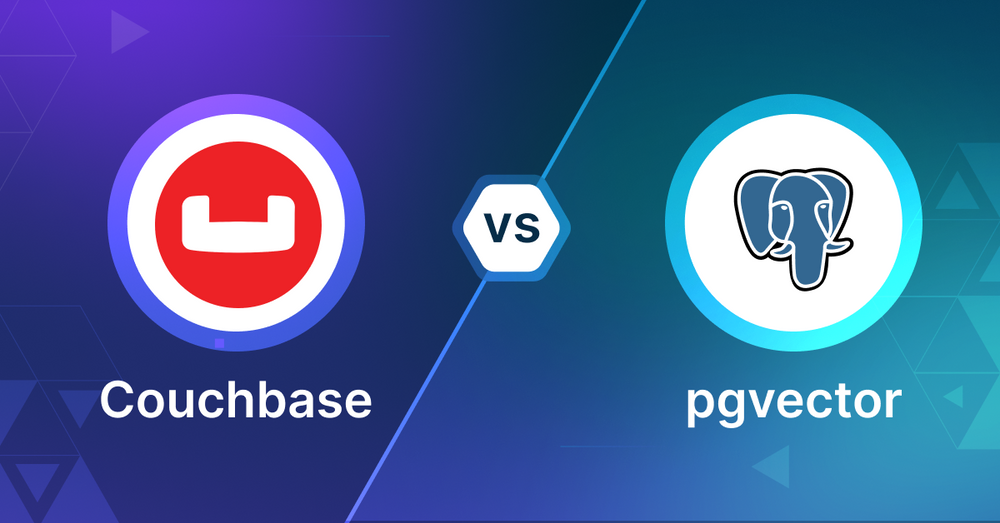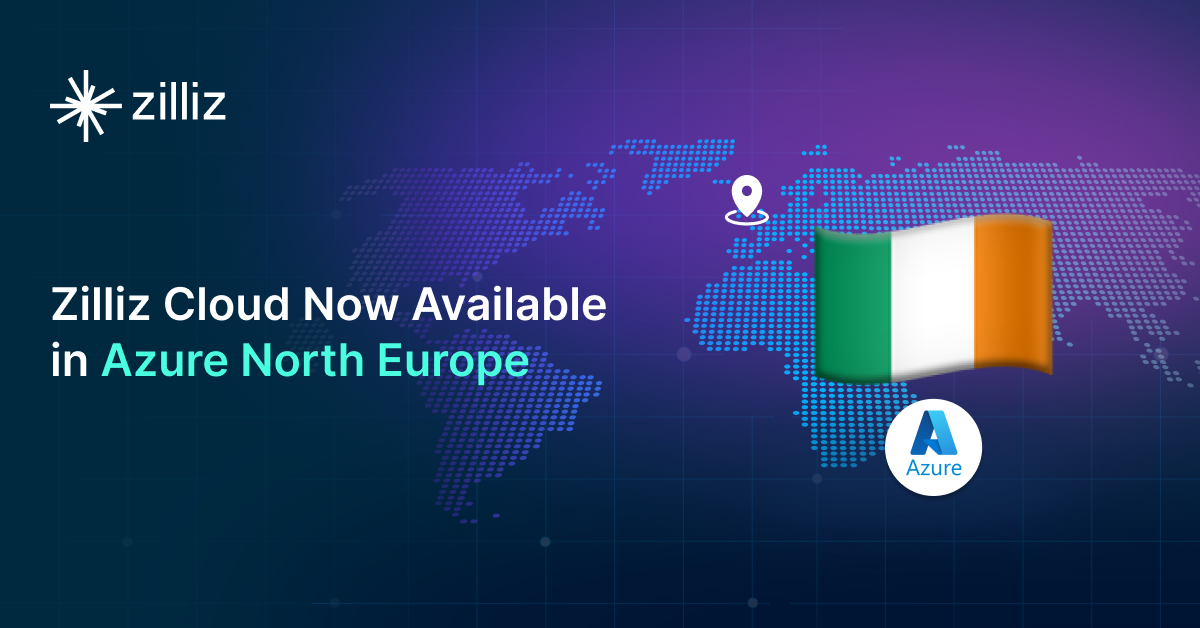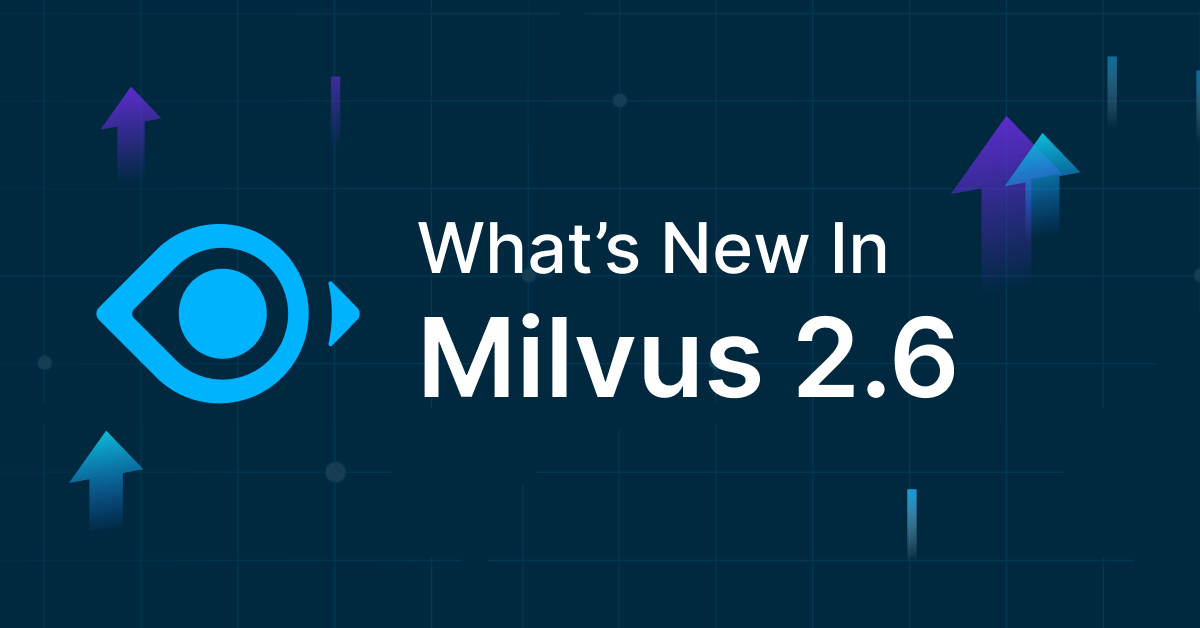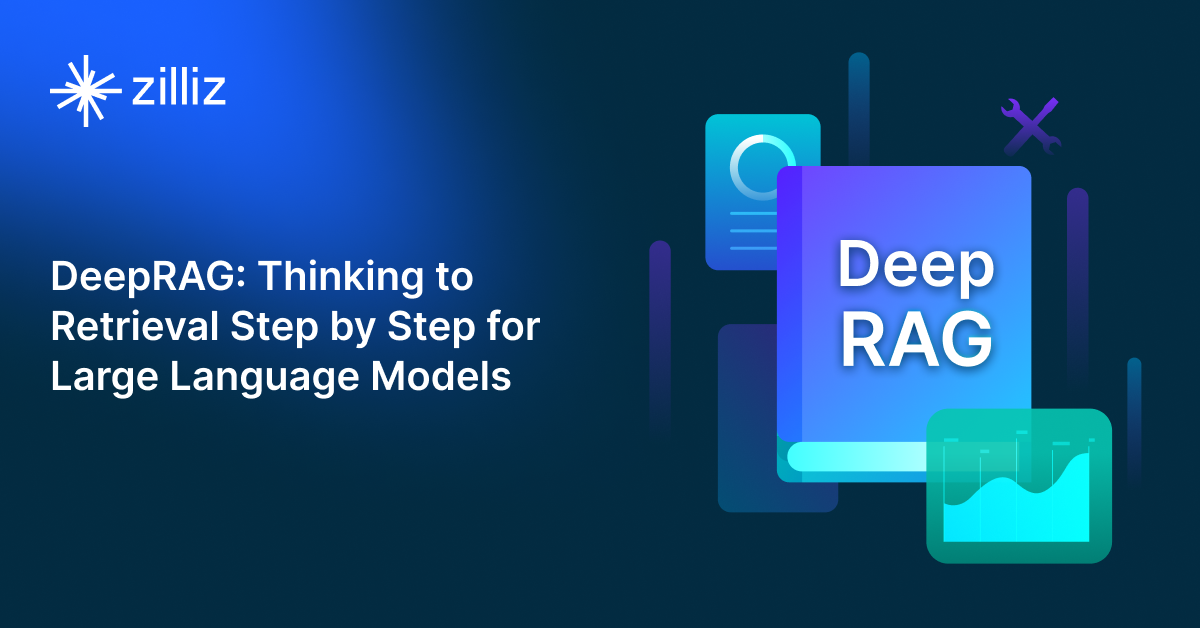Couchbase vs pgvector Choosing the Right Vector Database for Your AI Apps

What is a Vector Database?
Before we compare Couchbase and pgvector, let's first explore the concept of vector databases.
A vector database is specifically designed to store and query high-dimensional vectors, which are numerical representations of unstructured data. These vectors encode complex information, such as the semantic meaning of text, the visual features of images, or product attributes. By enabling efficient similarity searches, vector databases play a pivotal role in AI applications, allowing for more advanced data analysis and retrieval.
Common use cases for vector databases include e-commerce product recommendations, content discovery platforms, anomaly detection in cybersecurity, medical image analysis, and natural language processing (NLP) tasks. They also play a crucial role in Retrieval Augmented Generation (RAG), a technique that enhances the performance of large language models (LLMs) by providing external knowledge to reduce issues like AI hallucinations.
There are many types of vector databases available in the market, including:
- Purpose-built vector databases such as Milvus, Zilliz Cloud (fully managed Milvus)
- Vector search libraries such as Faiss and Annoy.
- Lightweight vector databases such as Chroma and Milvus Lite.
- Traditional databases with vector search add-ons capable of performing small-scale vector searches.
Couchbase is distributed multi-model NoSQL document-oriented database with vector search as an add-on and pgvector is a add-on vector search component to Postgres. This post compares their vector search capabilities.
Couchbase: Overview and Core Technology
Couchbase is a distributed, open-source, NoSQL database that can be used to build applications for cloud, mobile, AI, and edge computing. It combines the strengths of relational databases with the versatility of JSON. Couchbase also provides the flexibility to implement vector search despite not having native support for vector indexes. Developers can store vector embeddings—numerical representations generated by machine learning models—within Couchbase documents as part of their JSON structure. These vectors can be used in similarity search use cases, such as recommendation systems or retrieval-augmented generation both based on semantic search, where finding data points close to each other in a high-dimensional space is important.
One approach to enabling vector search in Couchbase is by leveraging Full Text Search (FTS). While FTS is typically designed for text-based search, it can be adapted to handle vector searches by converting vector data into searchable fields. For instance, vectors can be tokenized into text-like data, allowing FTS to index and search based on those tokens. This can facilitate approximate vector search, providing a way to query documents with vectors that are close in similarity.
Alternatively, developers can store the raw vector embeddings in Couchbase and perform the vector similarity calculations at the application level. This involves retrieving documents and computing metrics such as cosine similarity or Euclidean distance between vectors to identify the closest matches. This method allows Couchbase to serve as a storage solution for vectors while the application handles the mathematical comparison logic.
For more advanced use cases, some developers integrate Couchbase with specialized libraries or algorithms (like FAISS or HNSW) that enable efficient vector search. These integrations allow Couchbase to manage the document store while the external libraries perform the actual vector comparisons. In this way, Couchbase can still be part of a solution that supports vector search.
By using these approaches, Couchbase can be adapted to handle vector search functionality, making it a flexible option for various AI and machine learning tasks that rely on similarity searches.
pgvector: Overview and Core Technology
pgvector is an extension for PostgreSQL that adds support for vector operations. It allows users to store and query vector embeddings directly within their PostgreSQL database, providing vector similarity search capabilities without the need for a separate vector database.
Key features of pgvector include:
- Support for exact and approximate nearest neighbor search
- Integration with PostgreSQL's indexing mechanisms
- Ability to perform vector operations like addition and subtraction
- Support for various distance metrics (Euclidean, cosine, inner product)
pgvector, by default, employs exact nearest neighbor search, which guarantees perfect recall but can be slower for large datasets. To optimize performance, pgvector offers the option to create indexes for approximate nearest neighbor search. This approach trades some accuracy for significantly improved speed, which is often a worthwhile tradeoff in many real-world applications.
It's important to note that adding an approximate index can change the results of your queries. This is different from typical database indexes, which don't affect the actual results returned. The two types of approximate indexes supported by pgvector are:
- HNSW (Hierarchical Navigable Small World): Introduced in pgvector version 0.5.0, HNSW is known for its high performance and quality of results. It builds a multi-layer graph structure that allows for fast traversal during searches.
- IVFFlat (Inverted File Flat): This method divides the vector space into clusters. During a search, it first identifies the most relevant clusters and then performs an exact search within those clusters. This can significantly speed up searches in large datasets.
The choice between these index types depends on your specific use case, considering factors like dataset size, required query speed, and acceptable trade-off in accuracy. HNSW generally offers better performance but may use more memory, while IVFFlat can be more memory-efficient but might be slightly slower or less accurate in some cases.
When implementing pgvector in your project, try to experiment with both index types and their parameters to find the optimal configuration for your specific needs. This process of fine-tuning can impact the performance and accuracy of your vector search operations.
Wanna learn how to get started using pgvector? Check out this tutorial!
Key Differences
Couchbase vs pgvector for Vector Search
Search Methodology
pgvector does vector operations directly in PostgreSQL, exact and approximate nearest neighbor search with multiple distance metrics. HNSW and IVFFlat indexing for performance. Couchbase takes an indirect approach, either adapting Full Text Search for vector data or requiring developers to do vector calculations at the application level. Some teams integrate Couchbase with FAISS for vector operations.
Data Handling
Couchbase stores vectors in JSON documents, schema flexibility and semi-structured data support. Good for applications that need to combine vector search with other NoSQL features. pgvector operates within PostgreSQL’s relational framework, vectors can be stored alongside structured data in regular tables. This means you can use SQL queries with vector operations.
Scalability and Performance
Couchbase’s distributed architecture allows for horizontal scaling across nodes, but vector search performance depends on your implementation. Application level vector calculations may require extra optimization for large datasets. pgvector’s performance scales with PostgreSQL, HNSW indexes are fast at higher memory usage, IVFFlat is memory efficient but slower.
Flexibility and Customization
Couchbase gives you more flexibility in how you implement vector search, you can choose to adapt FTS, do calculations in your application or integrate external libraries. pgvector gives you a more structured approach with built-in vector operations but customization options are limited to PostgreSQL’s capabilities and index parameters.
Integration and Ecosystem
pgvector integrates well with the PostgreSQL ecosystem, you get to leverage existing tools, frameworks and knowledge. Couchbase requires extra setup for vector search but works well in cloud and edge computing. Its flexibility allows for multiple integration patterns with AI and machine learning workflows.
Ease of Use
pgvector is a simpler implementation for teams already familiar with PostgreSQL, vector operations are native to the database. Couchbase requires more initial setup and decisions on vector search implementation, but its JSON document model might be more intuitive for some developers.
Security
Both systems inherit security from their parent databases. No security comparison is provided in the documentation, but you should look into authentication, encryption and access control based on your security needs.
When to Choose Couchbase
Choose Couchbase when you need a distributed NoSQL system that can handle mixed workloads across cloud and edge computing environments. It's ideal for teams that want flexibility in vector search implementation and have existing JSON-based applications. Couchbase works well for projects that might need to scale horizontally and require the ability to customize vector search approaches, whether through Full Text Search adaptation or integration with specialized libraries like FAISS.
When to Choose pgvector
pgvector is the better choice when you need native vector operations within a PostgreSQL environment or want to combine traditional SQL capabilities with vector search. It's particularly suitable for teams already using PostgreSQL, applications that require exact or approximate nearest neighbor search with built-in indexing options, and projects where direct vector operations are crucial. Choose pgvector when you value simplicity of implementation over complete flexibility in vector search approaches.
Conclusion
Couchbase excels in distributed environments with its flexible JSON document model and adaptable vector search implementations, while pgvector offers native vector operations with PostgreSQL integration and built-in indexing options. Your choice should depend on your existing infrastructure, scaling needs, and whether you prefer built-in vector operations (pgvector) or implementation flexibility (Couchbase). Consider your team's expertise, development timeline, and specific performance requirements when making the final decision.
Read this to get an overview of Couchbase and pgvector but to evaluate these you need to evaluate based on your use case. One tool that can help with that is VectorDBBench, an open-source benchmarking tool for vector database comparison. In the end, thorough benchmarking with your own datasets and query patterns will be key to making a decision between these two powerful but different approaches to vector search in distributed database systems.
Using Open-source VectorDBBench to Evaluate and Compare Vector Databases on Your Own
VectorDBBench is an open-source benchmarking tool for users who need high-performance data storage and retrieval systems, especially vector databases. This tool allows users to test and compare different vector database systems like Milvus and Zilliz Cloud (the managed Milvus) using their own datasets and find the one that fits their use cases. With VectorDBBench, users can make decisions based on actual vector database performance rather than marketing claims or hearsay.
VectorDBBench is written in Python and licensed under the MIT open-source license, meaning anyone can freely use, modify, and distribute it. The tool is actively maintained by a community of developers committed to improving its features and performance.
Download VectorDBBench from its GitHub repository to reproduce our benchmark results or obtain performance results on your own datasets.
Take a quick look at the performance of mainstream vector databases on the VectorDBBench Leaderboard.
Read the following blogs to learn more about vector database evaluation.
Further Resources about VectorDB, GenAI, and ML
- What is a Vector Database?
- Couchbase: Overview and Core Technology
- pgvector: Overview and Core Technology
- Key Differences
- **When to Choose Couchbase**
- **When to Choose pgvector**
- **Conclusion**
- Using Open-source VectorDBBench to Evaluate and Compare Vector Databases on Your Own
- Further Resources about VectorDB, GenAI, and ML
Content
Start Free, Scale Easily
Try the fully-managed vector database built for your GenAI applications.
Try Zilliz Cloud for FreeKeep Reading

Zilliz Cloud Now Available in Azure North Europe: Bringing AI-Powered Vector Search Closer to European Customers
The addition of the Azure North Europe (Ireland) region further expands our global footprint to better serve our European customers.

Democratizing AI: Making Vector Search Powerful and Affordable
Zilliz democratizes AI vector search with Milvus 2.6 and Zilliz Cloud for powerful, affordable scalability, cutting costs in infrastructure, operations, and development.

DeepRAG: Thinking to Retrieval Step by Step for Large Language Models
In this article, we’ll explore how DeepRAG works, unpack its key components, and show how vector databases like Milvus and Zilliz Cloud can further enhance its retrieval capabilities.
The Definitive Guide to Choosing a Vector Database
Overwhelmed by all the options? Learn key features to look for & how to evaluate with your own data. Choose with confidence.